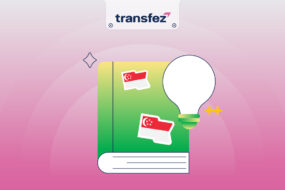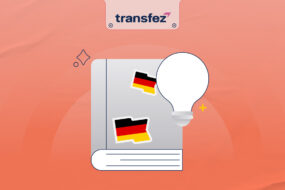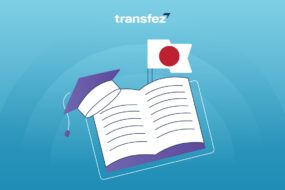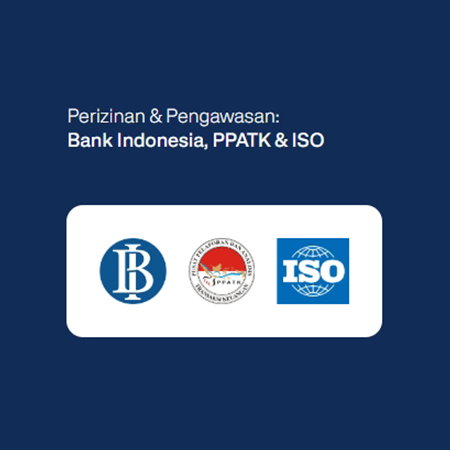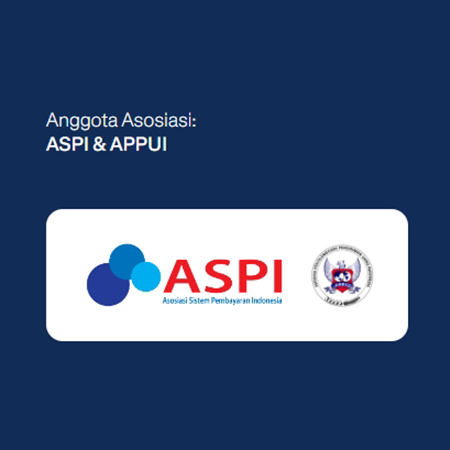The Finland education system is often hailed as the best in the world. And it’s not without reason—this small Nordic country has a unique approach that many others envy. Unlike most education systems elsewhere, Finland’s model focuses on quality, equality, and student happiness.
So, what makes their education system so special and unlike anywhere else? Let’s dive into these 7 key points!
Also read: Remittances Boost Indonesia’s Economy, Transfez Plays a Part Too
1. School Starts at Age 7

In Finland, kids don’t rush into school. Formal education starts at age 7. Before that, the focus is on play and social interaction through relaxed early childhood education. The government believes kids should enjoy their childhood first before their brains are ready for structured learning.
In contrast, many countries start primary school at age 5 or 6, some even earlier. Finland takes it easy because research shows that children who start school later tend to be more focused and less stressed. And the results speak for themselves—Finnish students still top international tests like PISA, even with a later start.
Transfez, Easily Send Money to Over 70 Countries
2. No National Standardized Tests
While national exams are often dreaded by students in many countries, it’s a different story in Finland. They don’t have mandatory national standardized tests. The only official exam is the optional Matriculation Examination at the end of high school. Student assessments are handled by individual teachers based on personal development.
Why? Because Finland believes standardized tests only encourage students to memorize for exams instead of understanding the material. Teachers are free to assess progress in more personalized ways, helping each student grow at their own pace. The result? Finnish students aren’t just smart—they actually enjoy learning without pressure.
Also read: Purpose, Requirements, and Procedure for Foreign Degree Equivalency
3. All Teachers Must Hold a Master’s Degree
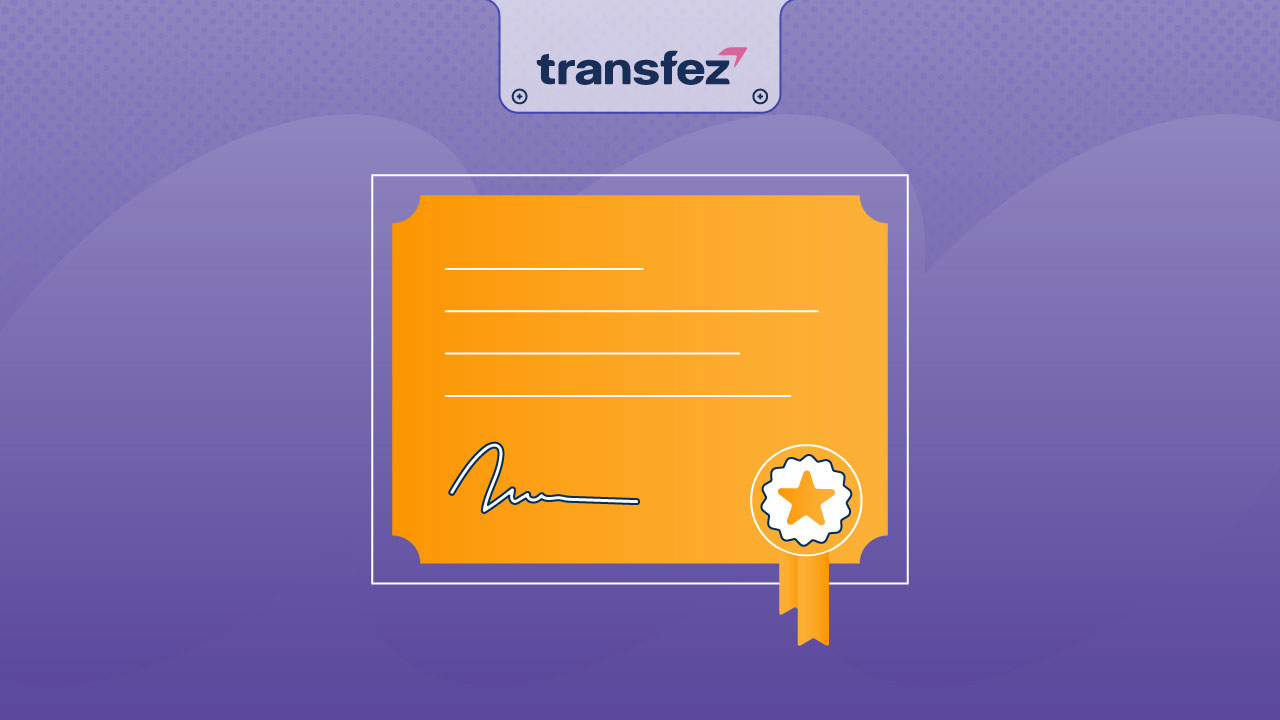
Becoming a teacher in Finland is no easy task! All teachers are required to have a master’s degree in education, and the selection process is extremely competitive. Only the best graduates are accepted, making teaching a highly respected profession—on par with doctors and engineers. The government fully funds their education, so there’s no excuse not to take it seriously.
These teachers are trained to teach creatively and flexibly. They’re not just delivering material—they help students discover their interests and talents. Compared to other countries where some teachers only have basic degrees, Finland truly invests heavily in the quality of its educators. That’s why Finnish students receive top-notch guidance.
See the list of countries you can send money to with Transfez here!
4. No Ranking or Competition
In Finland, there’s no such thing as student or school rankings. They don’t promote a competitive culture where kids fight to be number one. Instead, they focus on collaboration and mutual support. Students are taught to value their own progress rather than compare themselves to classmates.
This is a huge contrast to systems in many other countries, including Indonesia, where rankings often cause stress. In Finland, if a student is struggling, teachers and peers step in to help instead of criticizing or leaving them behind. This creates a more relaxed learning environment and helps students grow into confident individuals without social pressure.
5. Short School Hours and Frequent Breaks
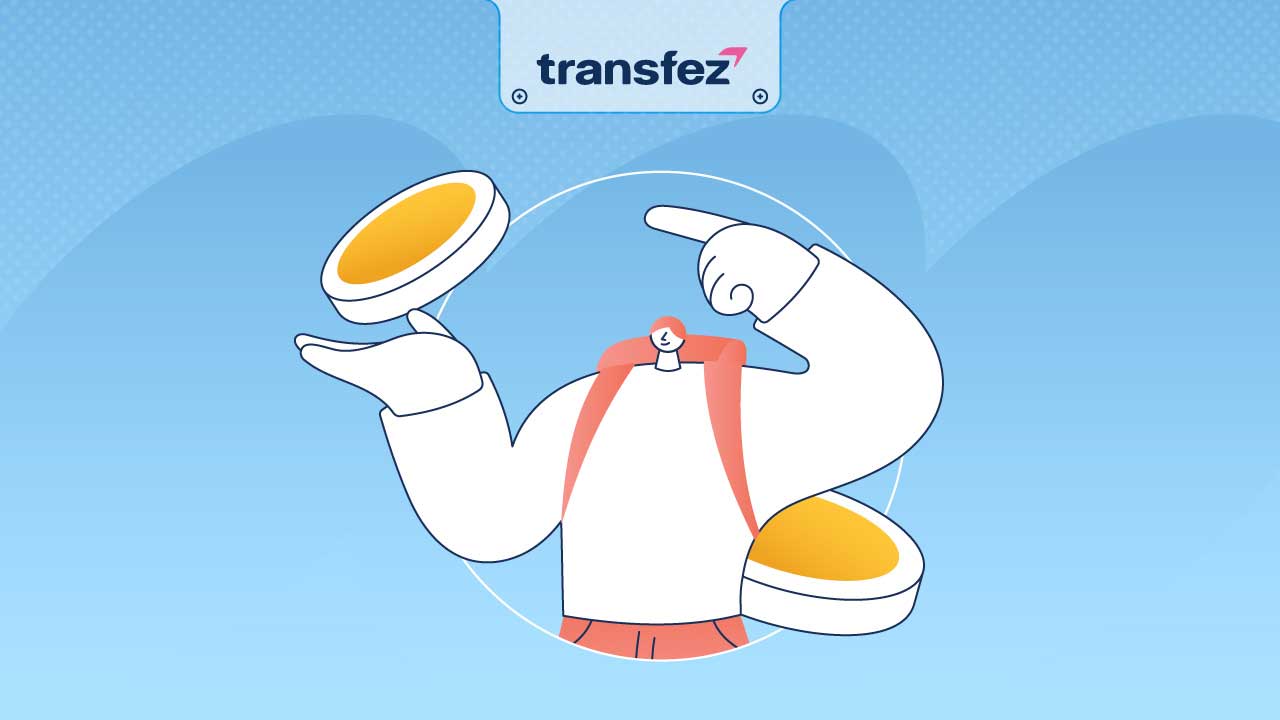
Students in Finland don’t spend the whole day at school. On average, they study only 4–5 hours a day, with breaks every 45 minutes. The idea is that the brain needs rest to properly absorb information. Homework is also very minimal—just around 30 minutes per day.
Compare that to other countries where school can last 8 hours or more, with piles of homework. Finland proves that effective learning doesn’t have to be long—just focused and high-quality. Students have more time to play, explore, and develop hobbies, which helps boost their creativity.
Read Other Transfez Articles About Education
8 Surprising Facts About the China Education System You May Not Know
How the Japan Education System Shapes Discipline from an Early Age
7 Unique Facts About the Germany Education System You Might Not Know
Inside the Singapore Education System: Secrets Behind Its Global Success
6. Free Education Through University
All education in Finland—from preschool to university—is free for its citizens. On top of that, students get free lunches, books, and even transportation. For high school and university students, scholarships and student loans are readily available. The goal? To ensure all children have equal learning opportunities, no matter their background.
In many other countries, education—especially at the university level—is often expensive. Finland does things differently. They view education as a right, not a privilege. As a result, their high school graduation rate is 93%, and 66% continue on to higher education—well above the OECD average.
7. Lifelong Learning Focus

Finland doesn’t just prepare students to graduate—they prepare them to be lifelong learners. Their curriculum is designed to spark curiosity about the world, not just to memorize facts for exams. The system is flexible, and adults can return to school anytime. Adult education is also fully supported by the government.
Unlike systems that focus only on academic targets, Finland teaches kids to think critically and solve problems. So students aren’t just book-smart—they’re ready for real life. This makes Finland a global inspiration in education reform.
Download the Transfez App
The Transfez app helps you transfer money abroad quickly, affordably, and efficiently. Transfez Business also supports your international transactions. Whether sending money to family members studying, working, or traveling abroad—Transfez is here to help. Available on Android and iOS. Download now!
The Finland education system is truly unique. From starting school at age 7 and having no national exams to offering free education, everything is designed to help students thrive and be happy. They’ve proven that education doesn’t need pressure to succeed. Impressive, isn’t it?



